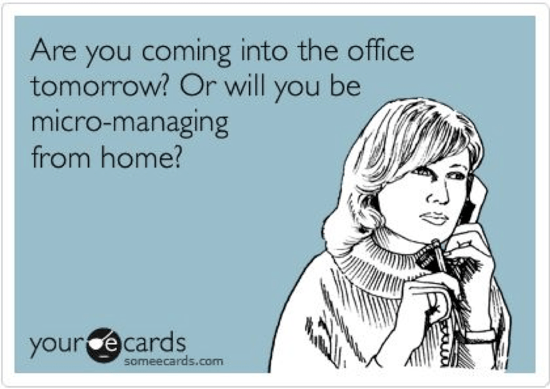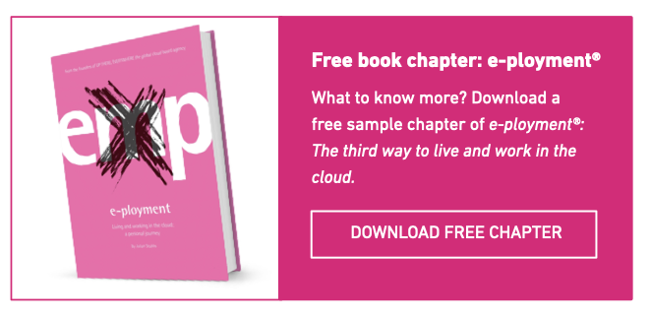In recent years, a lot of companies have transitioned to flex-based work, allowing more employees to work from home, or to have flexible hours. In spite of the benefits, it’s not an exact science. For every example showing how flex-time improved productivity or increased morale, there is one that wasn’t as successful. The key, of course, is how well management implements the change.

Here are two examples of how flexibility works and why it fails. Spoiler alert: they are the same company!
Flexibility that works
No one likes a micromanager, and too many of us have had a manager who seemed to want to do our jobs for us. Having the freedom to work without feeling hounded can be a liberating experience. However, companies need a few things to operate with flex-based employees.
Best Buy created a Results-Only Work Environment (ROWE) to allow a better balance for their employees and empower them to choose how they could work most productively. Management stood strongly behind the initiative, and results were very positive such as, it:
- Allowed employees to get almost a full hour more of sleep on nights before workdays.
- Increased the likelihood people would stay home or go to a doctor when they were sick, which improved overall health and reduced the spread of illness around the office.
- Allowed people to exercise more.
- Reduced turnover.
- Improved morale.
Employees loved the new approach and the company stood behind their transition to ROWE stating:
A worker should be free to wake up, look at rush-hour traffic, and decide she’ll be more productive if she stays home that day.
Flexibility that fails
While employee happiness was at an all-time high management struggled with working in this new system. Part of the problem was how the flex system was set up. Employees could work from home no matter what the situation. Sick days and vacation time were eliminated and employees could take as much time off as desired. But possibly most extreme was the fact that all meetings were optional, even if it was with a boss or client. If the employee didn’t believe they needed to be there they simply didn’t attend.
Jody Thompson the cofounder of the project stated, “We were letting people run free like unicorns. We were also shining a bright light on the people who’d previously been able to hide inside the system by showing up every day without actually accomplishing much.”
Best Buy embarrassingly discontinued the ROWE program after only a short time. Management switched its stance saying it’s “all hands on deck at Best Buy and that means having employees in the office as much as possible to collaborate and connect on ways to improve our business.” Other companies followed suit, like Yahoo.
What is a results-only work environment?
Many companies have tried flex work and quickly reverted back, but what are the keys to running a results-only work environment? Here are just a few necessities before a company should go flex.
- Clear communication and guidelines.
- Detailed targets and goals for employees.
- Clear expectations.
- Synergy with management and team.
- A focus on results – not hours worked.
- Employee and management agreement on what results matter and what is measured.
Jet Blue’s email and social media teams go beyond flex work to all working from home. The results have been extraordinary and the teams have not only had high performance but also have come up with many innovative ideas for social media evolution. JetBlue’s social media has become recognized as one of the most responsive and entertaining air carriers, keeping the message light and often witty.
"Effectively managing remote workers needs a combination of empowerment and trust," said UP founder Julian Stubbs, author of E-ployment- The third way to live and work in the cloud. "Workers need to carry the ultimate responsibility for getting results, then management doesn't need to focus on how or when they do it."
So flex work is possible if the company has the vision and can facilitate the change. Setting realistic goals, creating measurable outcomes, and planning for transition can go a long way toward success. Someday, the micromanager will be as obsolete as the typewriter.
